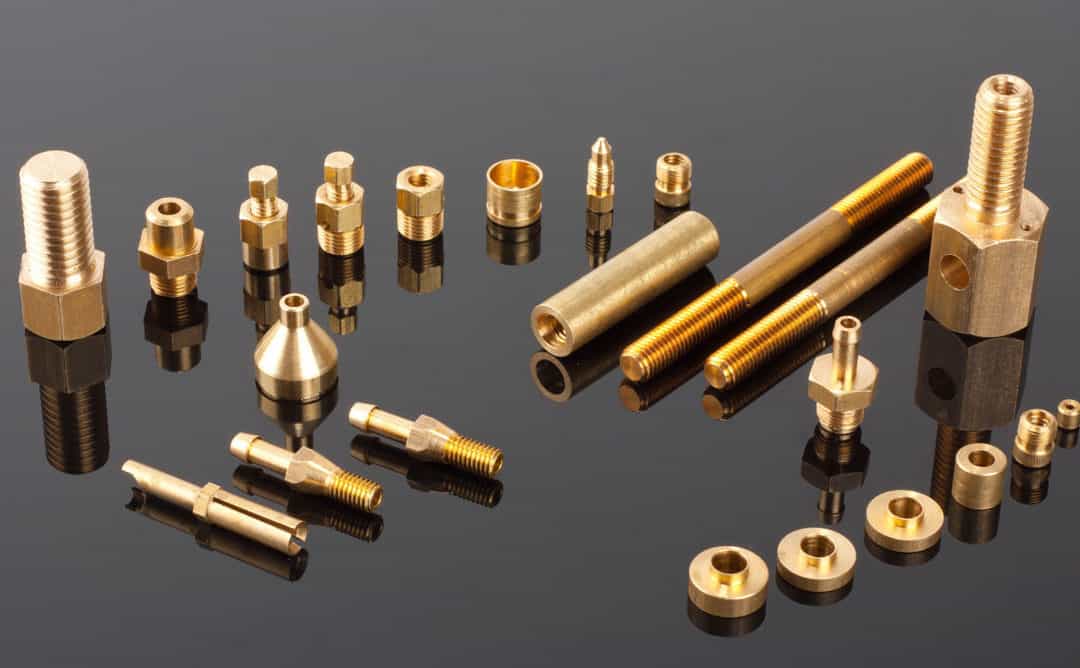To keep your shop productive and profitable, you constantly investigate new ways to respond quickly to trends and stay ahead of competitive pressures, taking advantage of every opportunity for enhanced efficiency. As a result, when you specify materials for recurring jobs, you implement every cost savings that doesn’t compromise your quality standards, including the workpiece materials you choose.
For example, the high-speed machining capabilities of brass might have you thinking about the productivity limitations of parts made from steel. Raw material costs are only part of the equation, and one also must consider that half to three-quarters of the material will wind up as turnings, so scrap value affects the final cost per part. Steel scrap retains virtually no value, whereas brass chips can hold up to 90% of their original purchase price. Switch to brass, and that scrap can be cashed in to improve your bottom line and contribute to sustainable recycling practices.
Machine time also plays an integral part when comparing materials. Brass turns faster than steel – take a look here and here for some examples from real-world testing – and requires less production time as a result. With brass, you save time and energy, your machines incur less wear and tear to produce the same number of parts, and your operators can move on to other tasks more quickly to grow your production capacity.
Brass cuts the work required to produce parts and simultaneously extends the life of your tools. In test after test, brass machined faster than steel and stainless steel alloys with significantly longer tool life. Besides increasing uptime, the longer your tools last, the fewer you need and the less you spend.
Brass saves you money beyond its scrap value and its reduced machining time because brass withstands tough working environments with excellent corrosion resistance. In demanding automotive applications, for example, steel often needs the extra step – and expense – of protective plating. Even if you choose the least-expensive plating method, you’re still on the hook for a secondary process that’s a non-issue with brass.
Once you consider all the ways that brass saves you time, money and equipment wear, you come to the overall bottom line. For an automotive fitting with external threads, for example, costs can come in almost 20% lower for brass than for leaded steel despite the greater raw-material first-cost of brass. When you base this comparison on a start-to-finish list of contributing factors, you see the full picture.
Can you save money and maintain your quality standards by switching parts like this one back to brass? Absolutely – and with high-speed machining, brass can take your efficiency, productivity and profitability to new heights.


Recent Comments